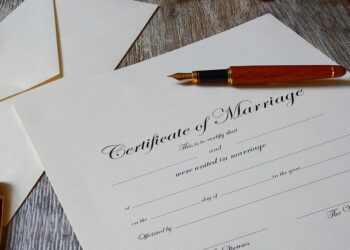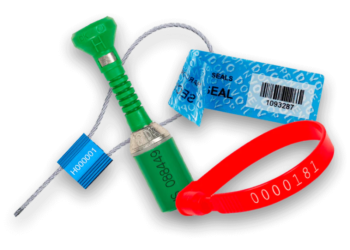The International Organization for Standardization (ISO) developed the ISO 17712 standard to address security concerns related to containerized shipping and prevent unauthorized access to goods during transportation. This standard sets forth requirements for mechanical seals used to secure cargo containers and aims to ensure the integrity of goods while in transit. One question that often arises is whether manufacturers can self-certify their security seals for ISO 17712 compliance. This article delves into the complexities of this issue, exploring the advantages and challenges associated with self-certification.
Advantages of Self-Certification
- Cost-Efficiency: Self-certification can be a more cost-effective option for manufacturers, especially smaller ones with limited resources. It eliminates the need for third-party certification, which can incur additional expenses.
- Faster Turnaround: Self-certification can expedite the process of bringing security seals to market. Manufacturers can make adjustments and improvements more swiftly, as they don’t have to wait for external certifying bodies to review and approve their products.
- In-Depth Product Knowledge: Manufacturers possess an intricate understanding of their products’ design, materials, and manufacturing processes. This knowledge can enable them to efficiently assess their products’ compliance with ISO 17712 standards.
- Flexibility: Manufacturers can tailor their certification process to their specific operations and production processes. This flexibility can lead to quicker adaptability to changes in regulations or market demands.
Challenges of Self-Certification
- Conflict of Interest: A significant challenge with self-certification is the inherent conflict of interest. Manufacturers might be tempted to overlook non-compliant aspects of their products to expedite certification, potentially compromising security measures.
- Lack of Objectivity: Independent third-party certifying bodies offer an objective assessment of a product’s compliance. Self-certification lacks this objectivity, raising concerns about the accuracy of claims made by manufacturers.
- Credibility and Trust: Third-party certifications carry more weight in the eyes of customers, partners, and regulators. Self-certification may raise doubts about a product’s legitimacy and adherence to ISO 17712 standards.
- Global Recognition: ISO 17712 is recognized and accepted internationally. While manufacturers might find self-certification suitable for certain markets, it might not be recognized in regions where third-party certifications are mandatory for compliance.
- Legal Implications: Non-compliance with ISO 17712 standards can have legal consequences, including fines, liability claims, and damage to a manufacturer’s reputation. Self-certification may expose manufacturers to higher risks if their seals fail to meet the required standards.
Balancing Act and Best Practices
To strike a balance between cost-effectiveness and credibility, manufacturers can consider the following best practices when contemplating self-certification:
- Transparent Documentation: Maintain comprehensive records of design specifications, manufacturing processes, and testing procedures. Transparent documentation can help demonstrate due diligence and compliance efforts in case of inquiries.
- Independent Testing: Collaborate with independent testing laboratories to evaluate products’ compliance with ISO 17712 standards. While not a formal certification, independent testing adds credibility to a manufacturer’s claims.
- Internal Audits: Regularly conduct internal audits to assess compliance with ISO 17712 requirements. Engage personnel from various departments to ensure a comprehensive evaluation.
- External Review: Seek external expert opinions on product compliance. Engaging consultants or industry experts can provide an unbiased assessment of products before self-certification.
- Continuous Improvement: Implement a system for continuous improvement based on feedback, market changes, and evolving standards. This approach demonstrates commitment to maintaining compliance over time.
Conclusion:
While self-certification of security seals for ISO 17712 compliance offers advantages in terms of cost and efficiency, it also presents challenges related to objectivity, credibility, and potential legal repercussions. Manufacturers must carefully consider the balance between these factors before deciding on self-certification. Implementing transparent documentation, independent testing, and continuous improvement practices can enhance the credibility of self-certification efforts. However, it’s essential to recognize that, in some cases, third-party certification might be the safer route to ensuring adherence to ISO 17712 standards, especially in international markets where global recognition and regulatory compliance are critical.












